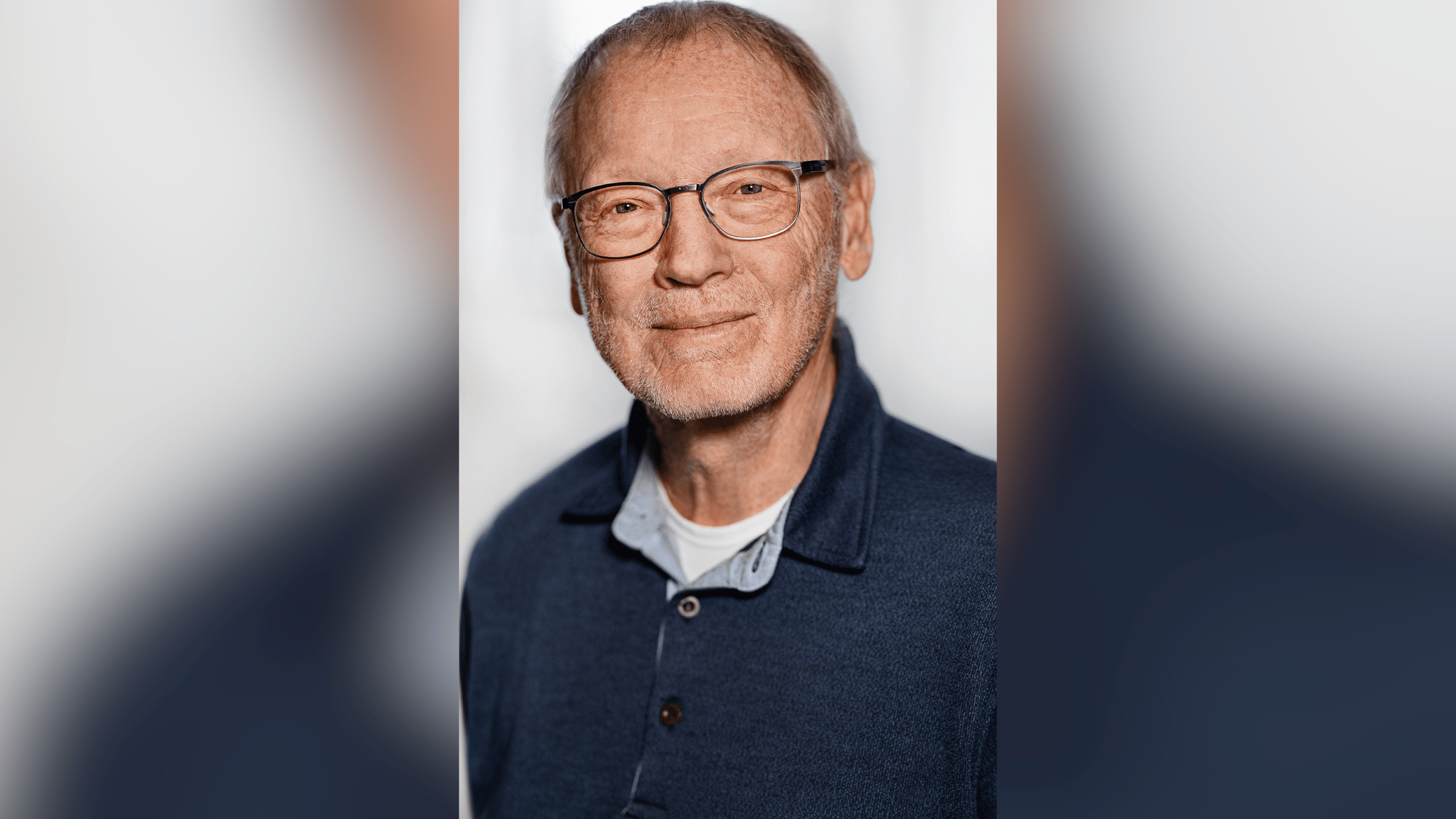When you purchase through link on our site , we may earn an affiliate deputation . Here ’s how it work .
Three scientists were awarded theNobel Prize in physicsthis morning for their groundbreaking conception in the field of laser physics .
Donna Strickland and Gérard Mourou were award one one-half of the award , with the other half function to Arthur Ashkin . Strickland is only the third women to be awarded a Nobel in physic ever . ( The other two were Marie Curie in 1903 and Maria Goeppert - Mayer in 1963 . )

Members of the Nobel Committee for Physics sit in front of a screen displaying portraits of this year’s Laureates: Arthur Ashkin, Gerard Mourou and Donna Strickland.
" We need to keep women physicist because they ’re out there … I ’m respect to be one of those woman , " Strickland said , fit in to theNobel PrizeFoundation .
When she received the call this morning recount her about the awarding , as many Laureates in the past have said , she was in unbelief . " First of all , you have to think it ’s disturbed . So that was my first thought and you do always marvel if it ’s genuine , " Strickland state during a pressure briefing this sunup at the Royal Swedish Academy of Sciences in Sweden .
Ashkin , of Bell Laboratories in Holmdel , New Jersey , is being honored for his conception of optical tweezers ; these optical maser beam fingers can seize the teensy animation cells , including corpuscle , atoms and computer virus . " This new tool allow Ashkin to realize an old dream of science - fiction — using the radiation therapy press of light to move physical object , " the Royal Swedish Academy of Sciencessaid in a statement . In 1987 , he used the tweezers to grasp living bacteria without harm them , according to the academy statement .

achievement by Strickland , of the University of Waterloo in Canada , and Morou , of the École Polytechnique , Palaiseau , France , led to the creation of the world ’s short and most intense laser pulsing . ( Morou is also a professor at the University of Michigan , Ann Arbor . )
The duo invent what is called chirped pulse gain , a appendage in which optical maser pulse are stretched in clock time , amplified and then compress . When a pulsation gets squished in time , becoming shorter , the same amount of light is packed into a tiny space and so the pulse ’s vividness rocket .
When asked this morning time about the groundbreaking discovery , Strickland pronounce , " It ’s thinking outside the box to extend first and then amplify . Most people were amplifying and stress just to compress whatever they had amplified . "

This technique is used in million of optical maser eye surgeries every yr , according to the academy statement .
Askkin will receive half of the 9 million krona ( $ 1.01 million ) Nobel Prize laurels , and Mourou and Strickland will share the other one-half .
Original clause onLive Science .
















